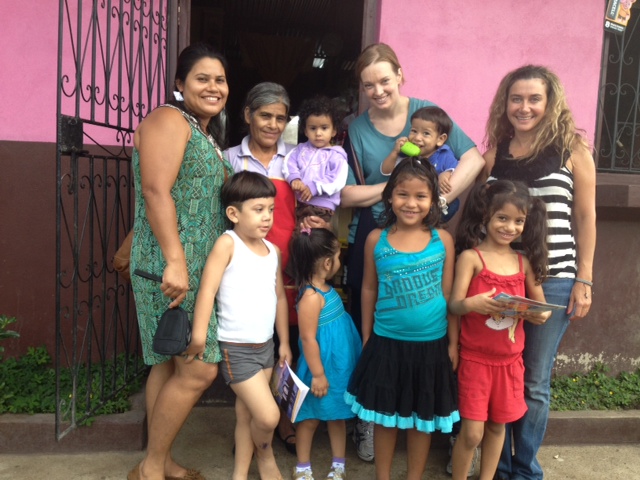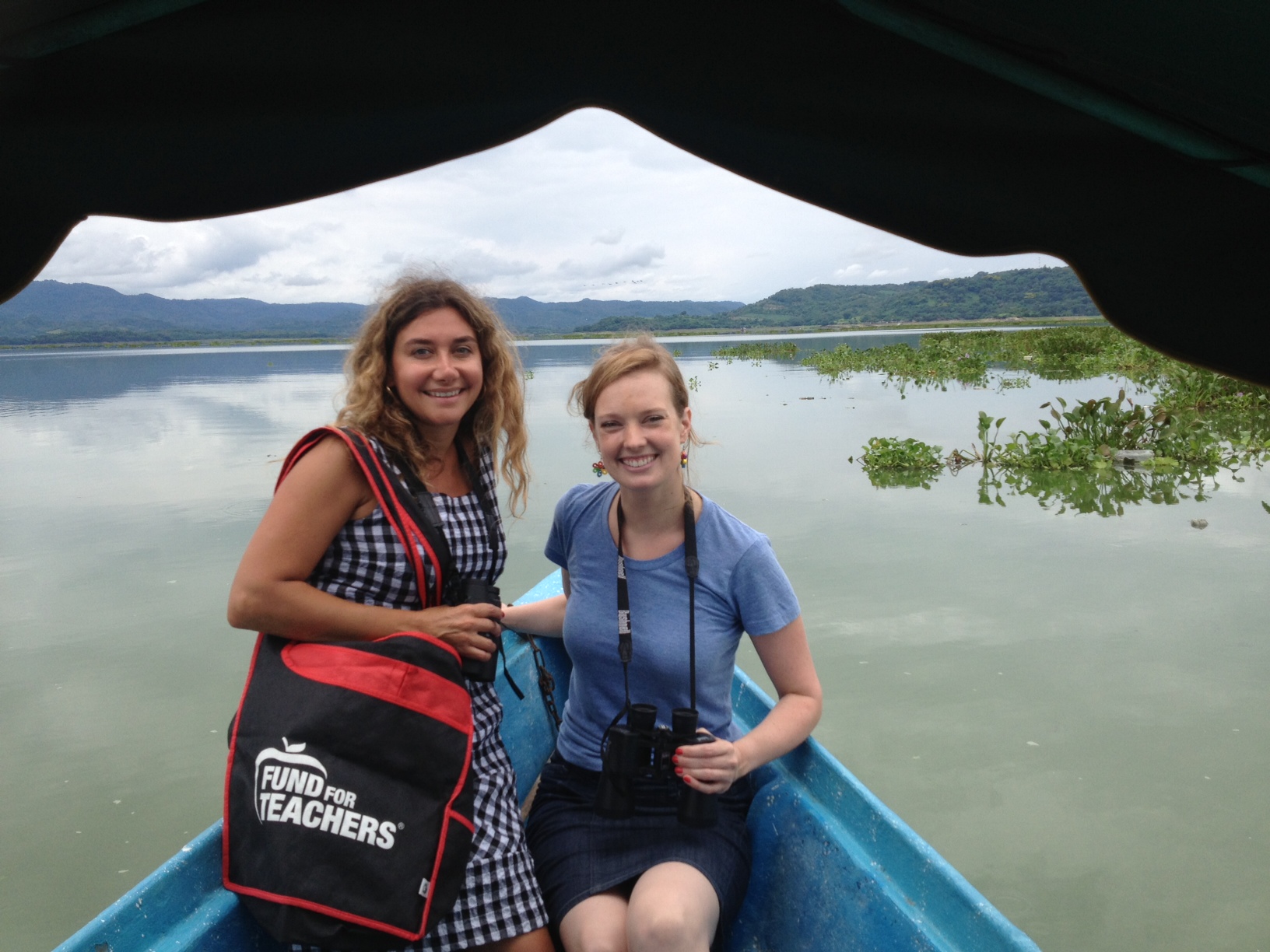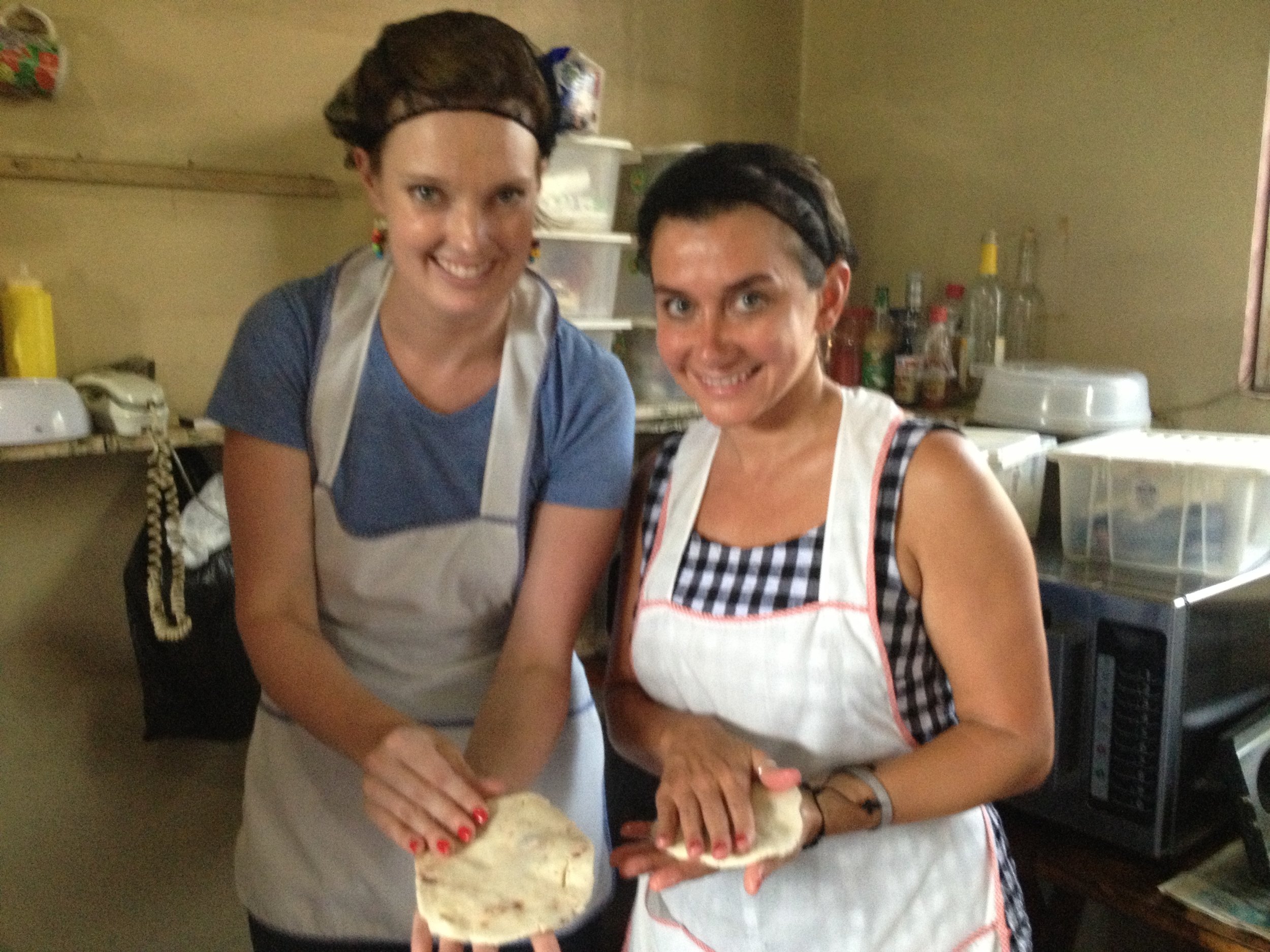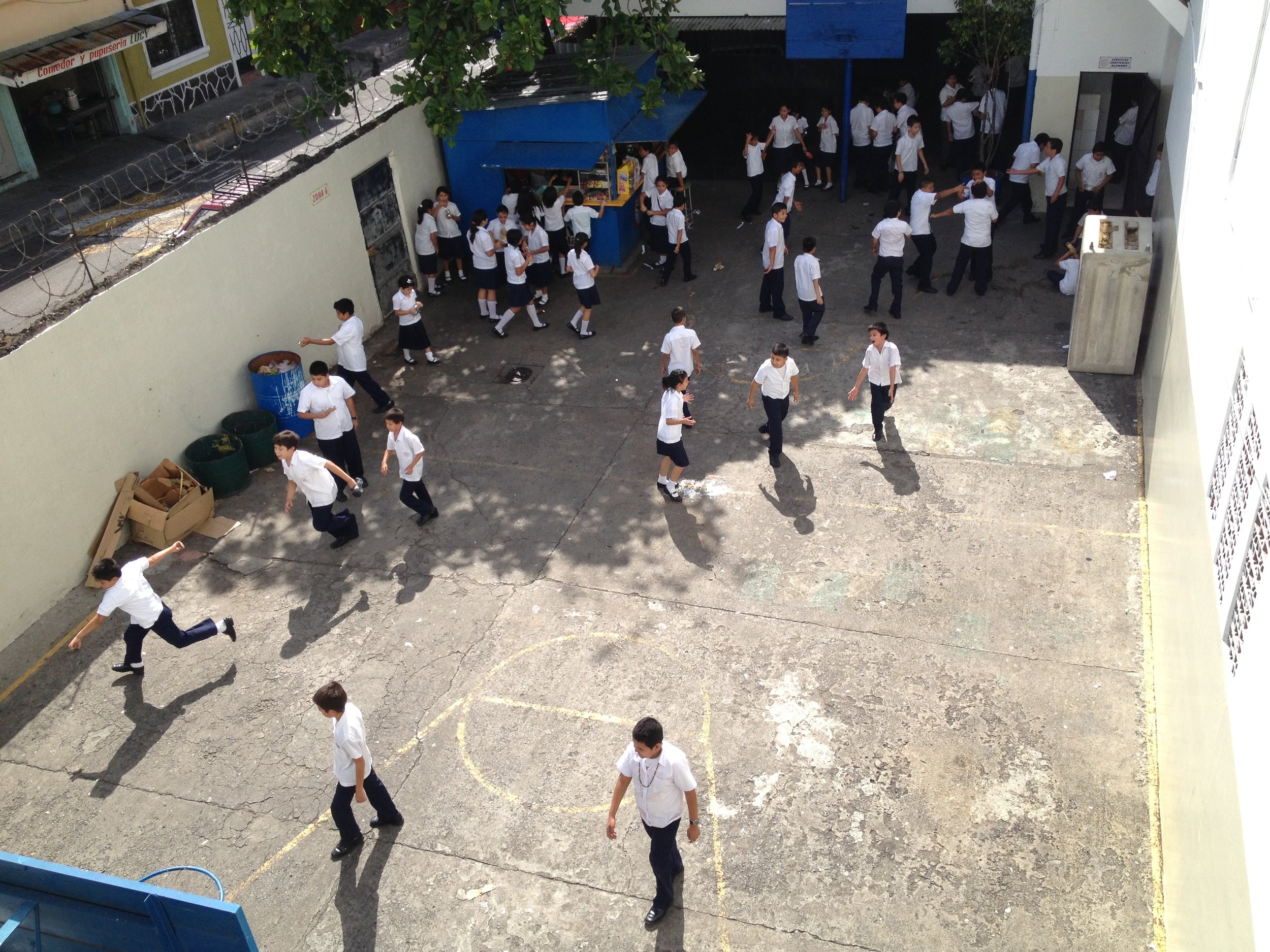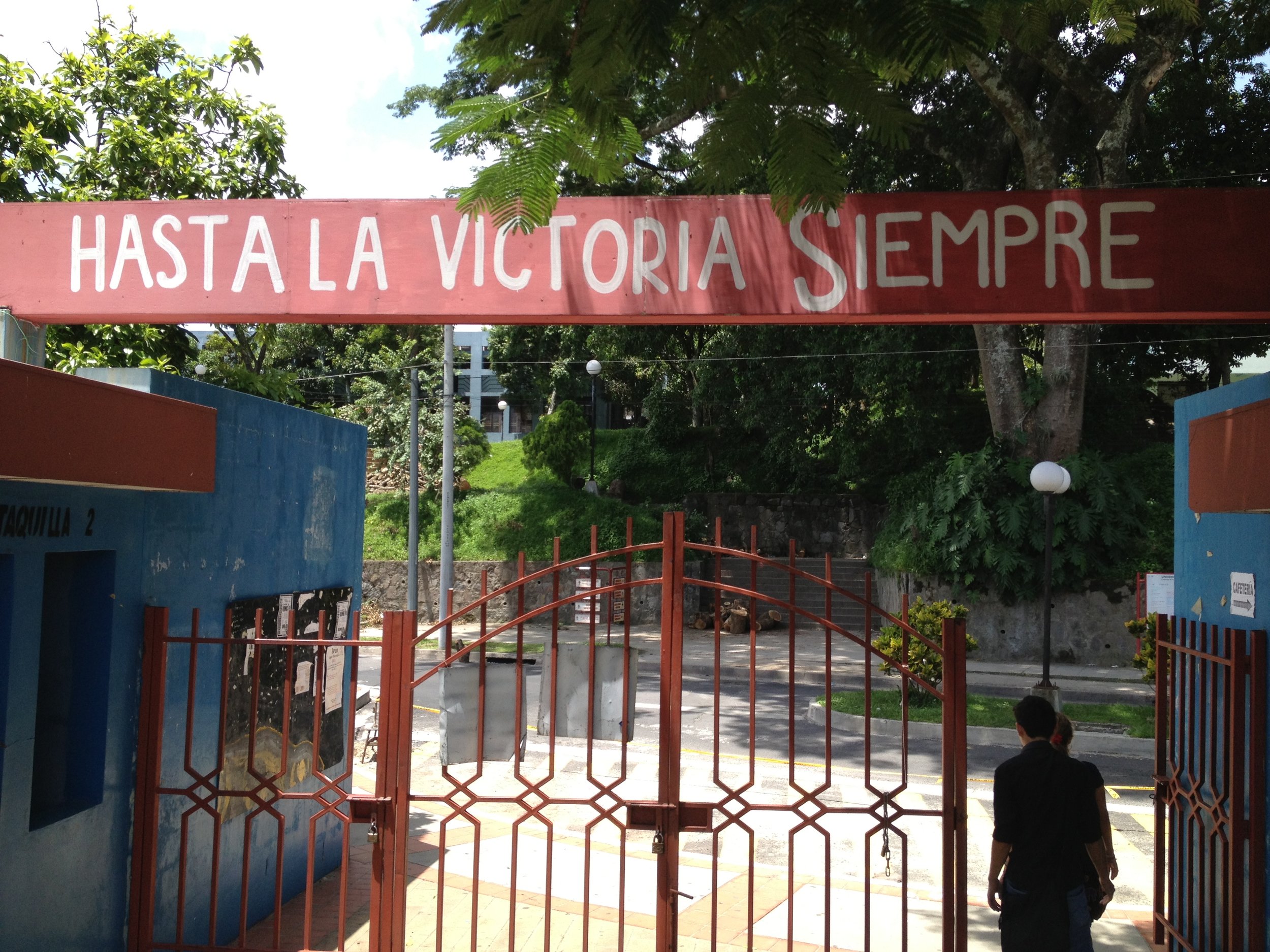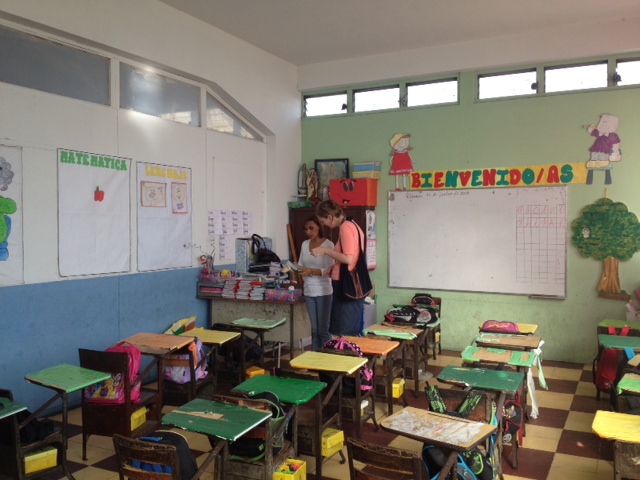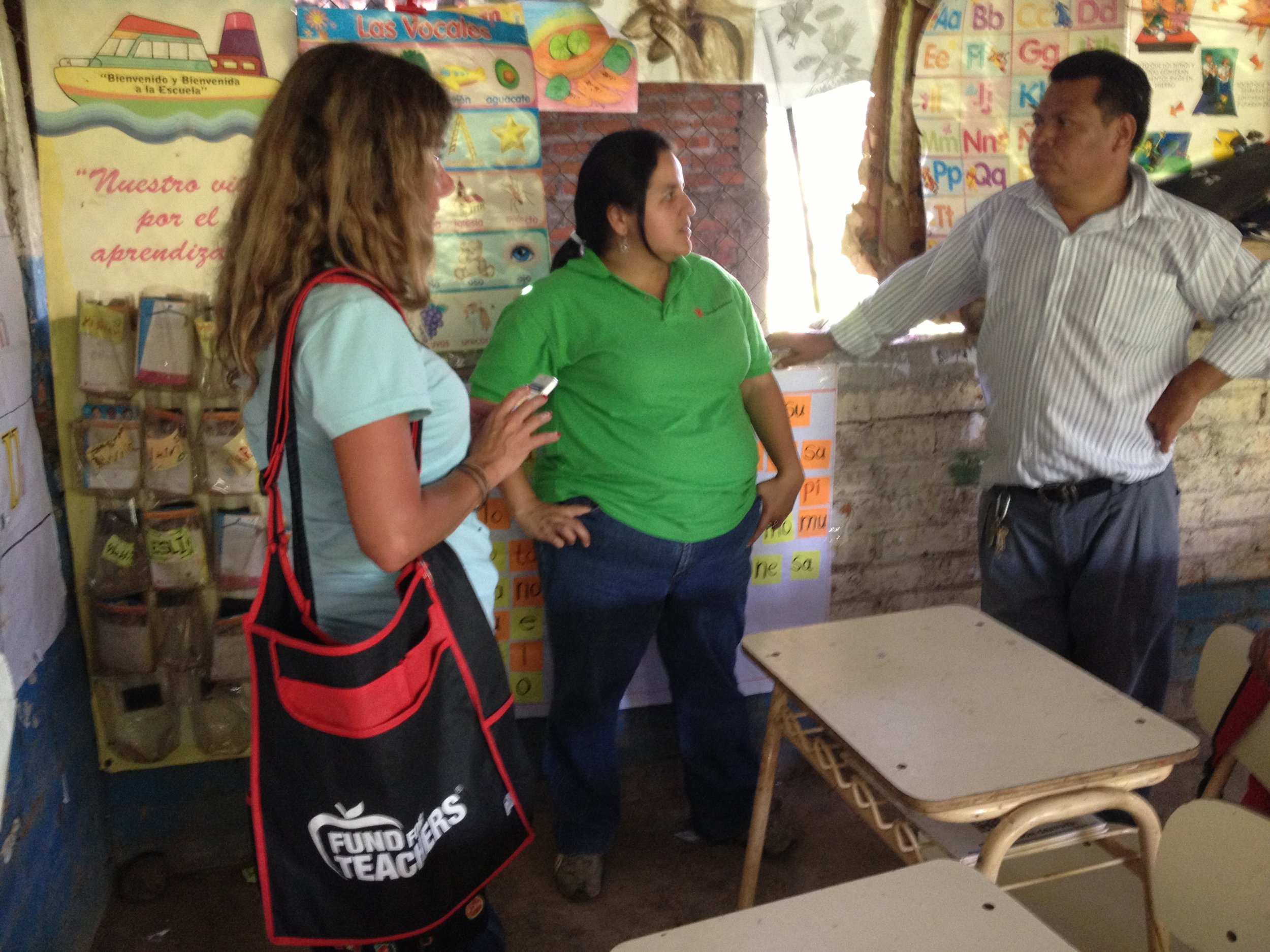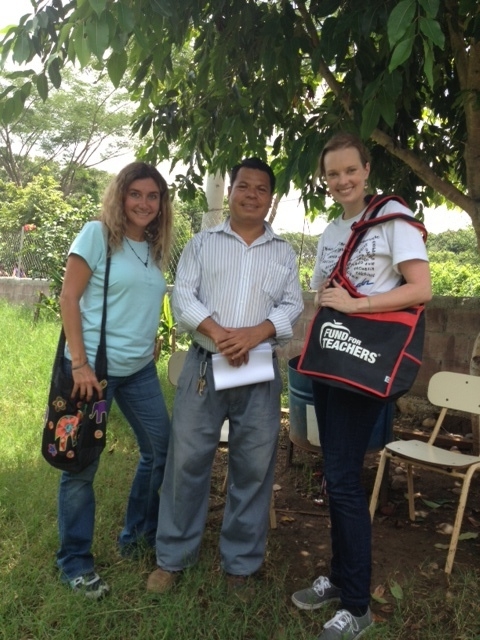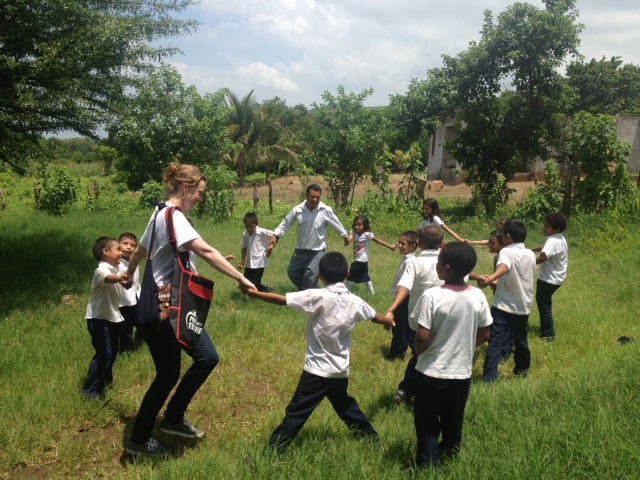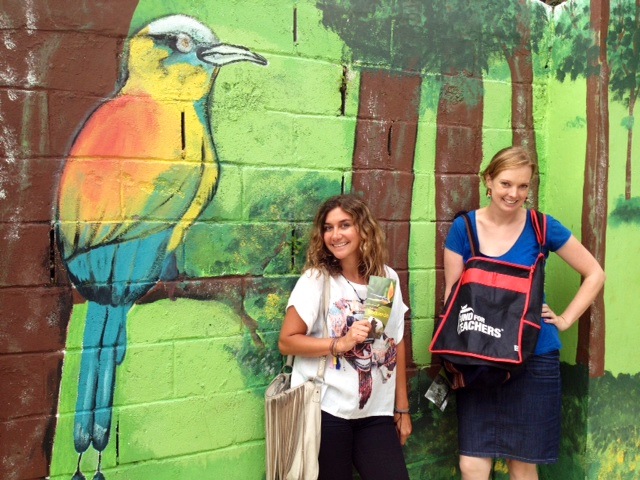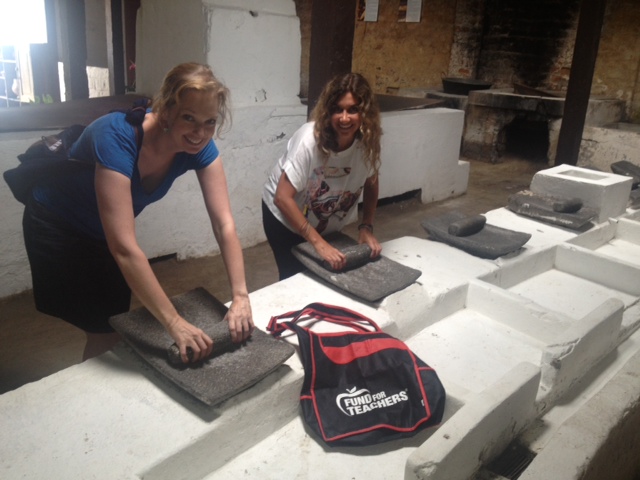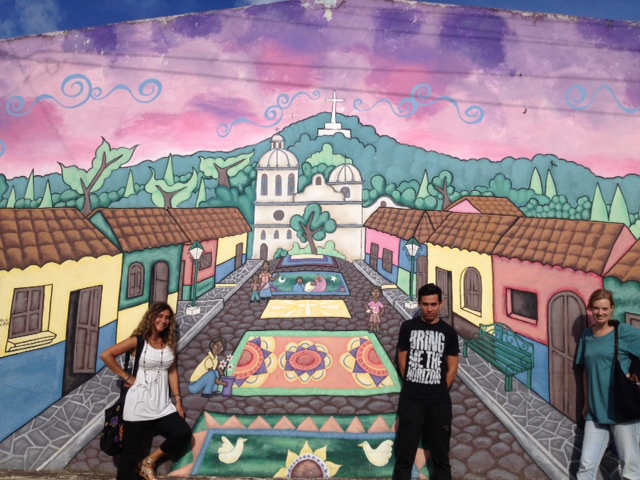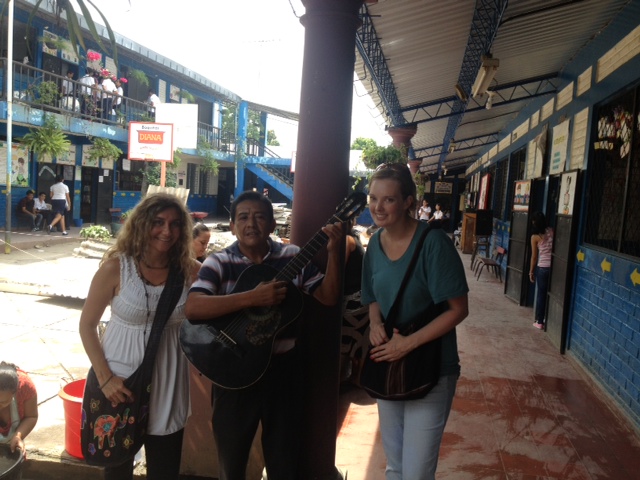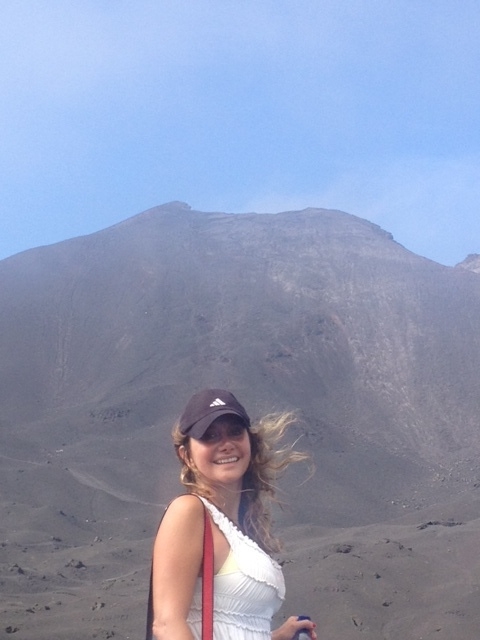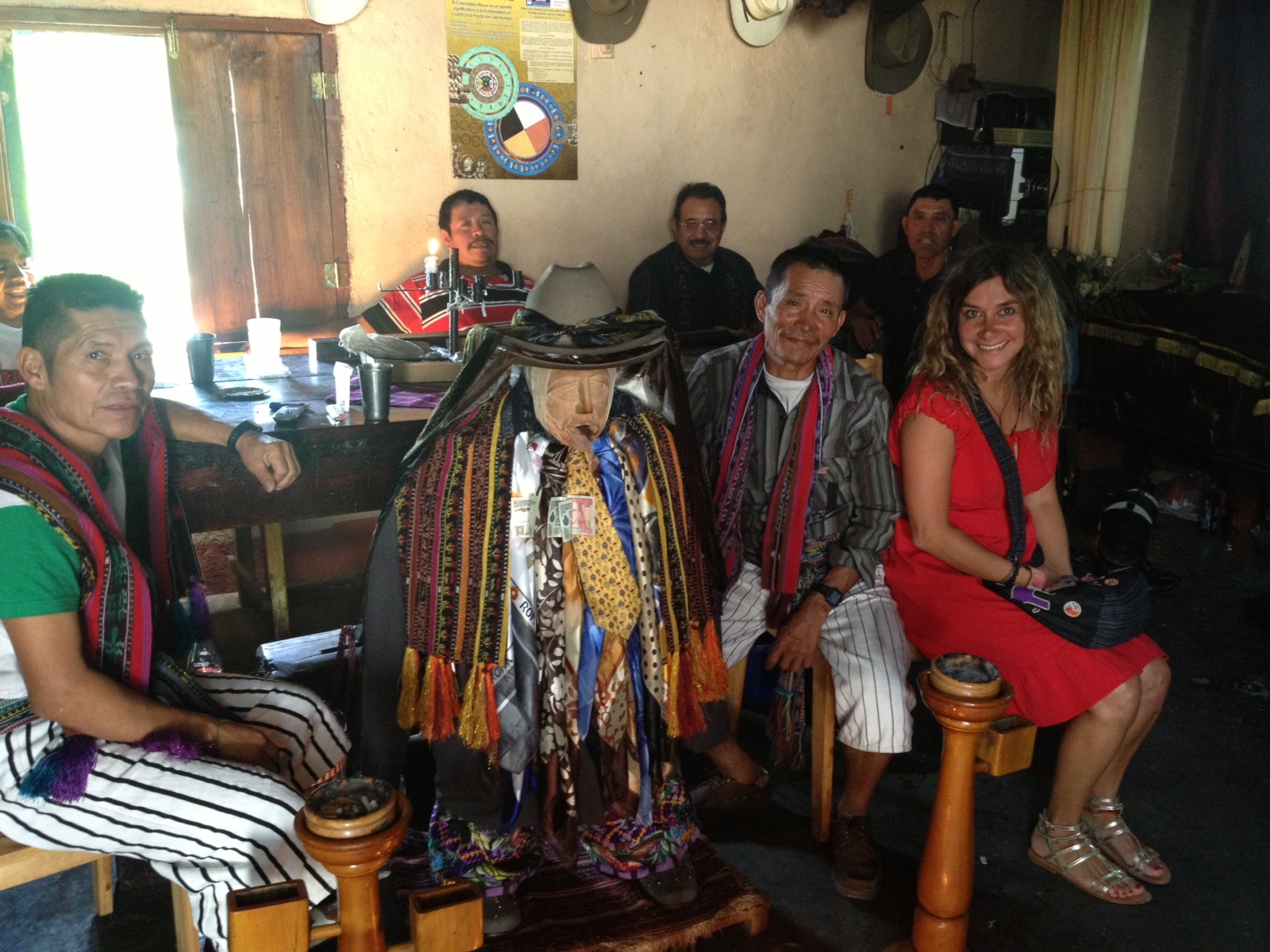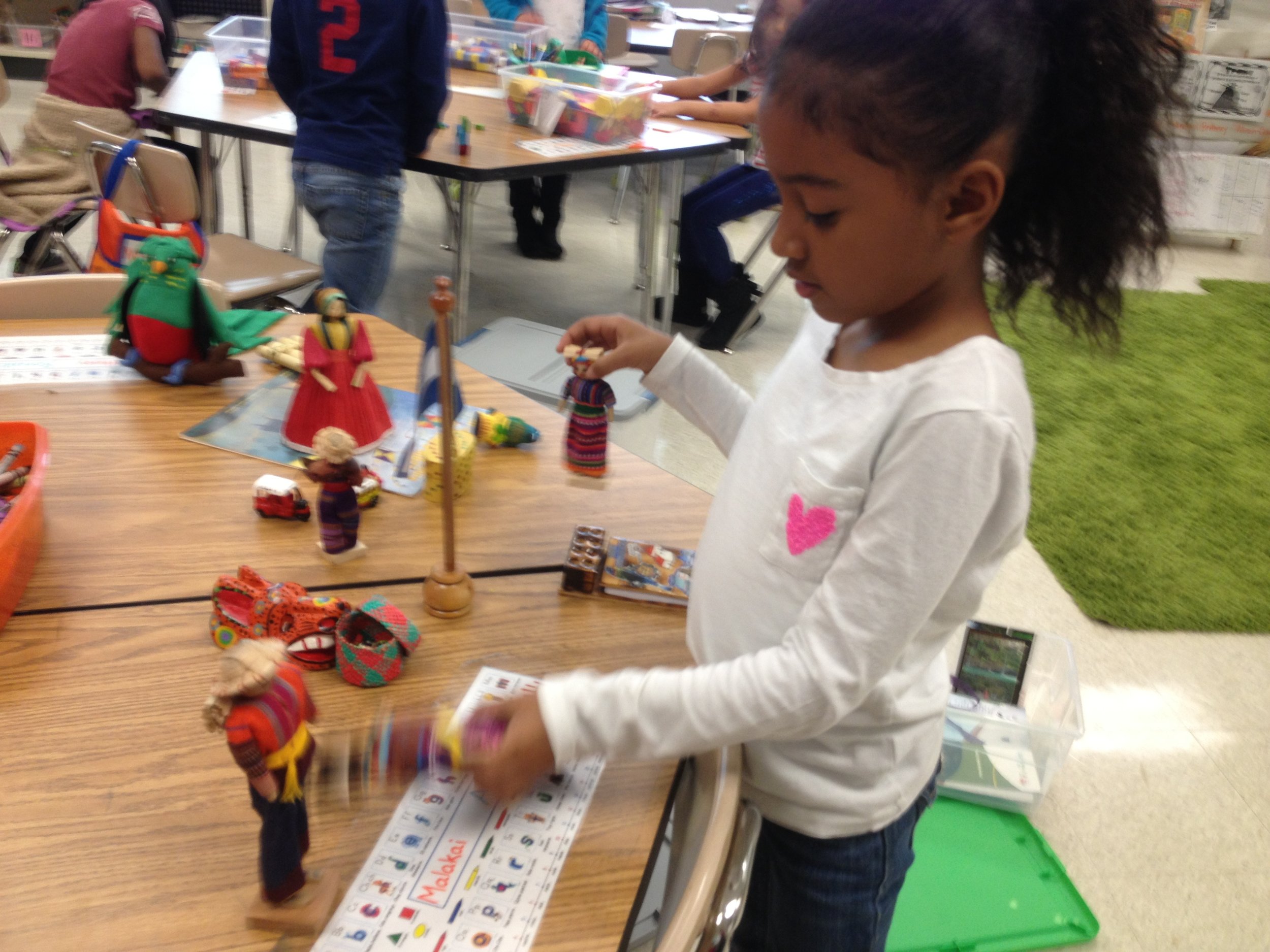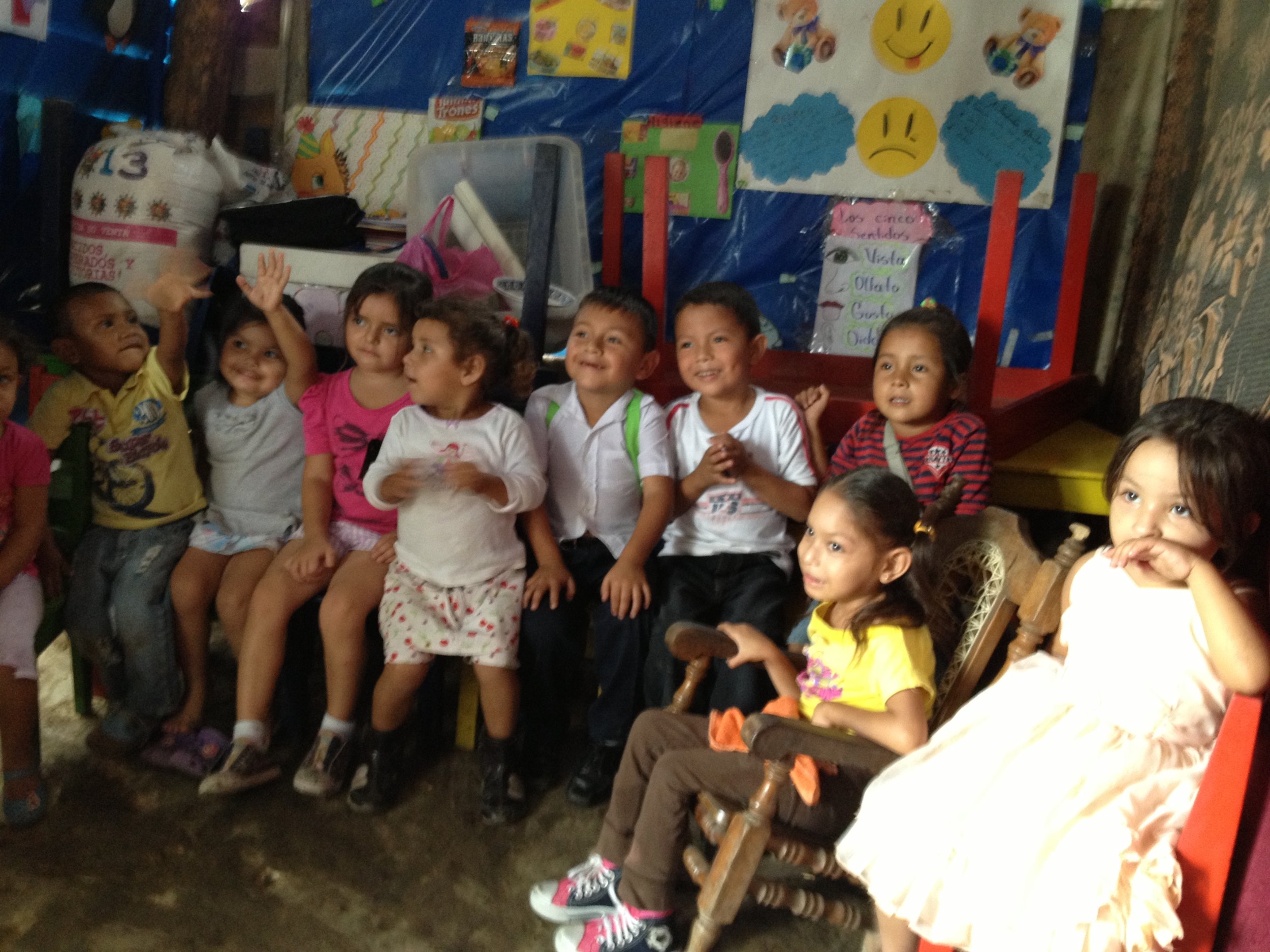D.C. Teachers Explore Students’ Central American Culture and History
In July of 2013, Claire Sontag and Fabiana Duarte, two Washington, D.C. based dual-language teachers, traveled through Nicaragua, El Salvador, and Guatemala to learn about the history and culture of their students and their families. During their time in each country, they met with local officials, visited public schools, and explored the cultural diversity of each country through museums, religious ceremonies, and by spending time with community members.
Their trip was funded entirely by the Fund for Teachers, which awards over $2 million each year in summer fellowships to support the personal and professional growth of educators through travel and study outside the United States.
As dual-language teachers, Claire and Fabiana felt the need to better understand their students and their families. “We also wanted to help our students showcase their countries (or the countries of their parents, grandparents…) to their peers to help them have a closer connection with one another within their diverse school population,” Claire explains.
What They Saw
“We visited historical sites, enjoyed breath-taking views, and visited all of the important museums….however, our most powerful experiences were with the people we talked to,” according to both teachers. “To actually be in the countries where our students and their families came from filled us with a profound respect that we had not even known we were previously lacking. We always valued our students’ cultures, but our relative ignorance hindered our appreciation.”
Outcomes
“Because Washington D.C. has such a large Salvadoran community and I knew almost nothing about the country, visiting El Salvador was eye-opening,” says Fabiana. “I was moved by the history and how hard Salvadorans are always working despite the multiple challenges that their country is facing.”
Claire agrees: “I thought that since I’d lived in or traveled in all the surrounding countries, I pretty much understood El Salvador… I learned while I was there that it has its own distinct and fascinating culture and history, and the crime and violence they’re dealing with today is rooted in several unique historical factors.”
Adds Fabiana, “Central Americans have problems and a heartbreaking history, but there are also many reasons for them to be proud and hopeful…my feelings changed from sympathy to awe and tremendous respect” for the people of Guatemala, El Salvador, and Nicaragua.
Impact
“Parents and students are pleased that I have an appreciation for and some understanding of their countries,” remarks Claire. Both teachers also note that their visits to different Central American schools helped them better understand the behavior of their students and the role of the family in education, inspiring them to tackle parent integration in new ways.
Upon their return, Claire and Fabiana prepared Culture Boxes for each country they visited. Each box contains important information about that country and items such as traditional dress, works of art, children’s books and games, photos, and lesson plans. They have made these available for all teachers to utilize in their classrooms and held professional development workshops to encourage their usage.
In addition, they have made the children’s books they bought in Central America available to students and their families. Finally, both teachers plan to host school-wide events inspired by their travels including traditional plays, poetry recitations, dances, and arts and crafts projects.
Itching to travel?
Want to learn more about the history and culture of your Central American students? Check out the Fund for Teachers, which awards over $2 million per year to teachers for personal and professional development. Claire and Fabiana’s connection to Fund for Teachers was through the DC Center for Global Education and Leadership (CGEL).
Looking to bring Central America into your classroom?
See Teaching For Change’s Central America-based educational materials, curriculum, and individual lesson plans written for a variety of age and learning levels.
Pat Scallen wrote this story based on interviews with Claire Sontag and Fabiana Duarte.

